Sharing science stories with pride
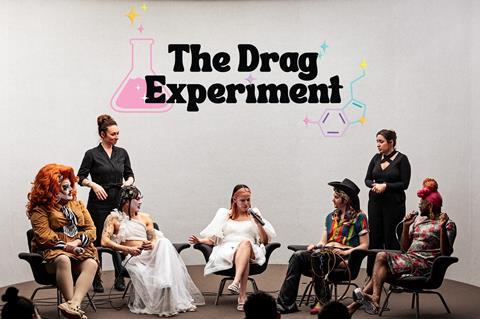
‘I’m a biracial, bisexual, bimbo biologist,’ shares Naomi Koh Belic 許佳丽, when I ask her how she would like to be introduced in this piece. Though partly tongue in cheek, this line features prominently in Koh Belic’s biography and as the tagline on her website and other social media content. Recently graduated from a PhD in stem cell biology, Koh Belic has been honing her craft as part of a growing wave of creative presenters and producers who are challenging traditional aspects of science communication in terms of both form and the topics and voices amplified.
‘I really care about story telling and the storytelling I do is focused on amplifying minority voices,’ shares Koh Belic. ‘It’s not that I always tell science stories. But I think for me, science is a language I speak, and it’s a language I speak very well. I’m fluent in biology, I’m conversational in chemistry and I understand physics. So I think I tend to tell science stories because it’s the language I’m most confident speaking, and it’s something that I think I can make accessible and understandable for people.’
Koh Belic has worked across traditional media (as a presenter and producer for the Australian Broadcasting Corporation, for example) but is now a freelancer creating, developing, curating, producing and championing projects in partnership with community. And one community that’s particularly important to Koh Belic is the queer community, for whom she has created The Drag Experiment.
‘The Drag Experiment is a science drag show,’ she says. ‘That’s really important, because I am a queer person and I understand that drag performers are the centre, the core, the pillar of queer community and queer storytelling. And I really wanted to use that as a way to engage people with education and science.’
Launched as part of Australia’s National Science Week in August 2023, The Drag Experiment first played to a packed audience at the Powerhouse Museum in the centre of Sydney as part of a free public event.
Inspired by friends from Toronto who started Science is A Drag, Koh Belic decided to adapt the format for Australian audiences.
‘[Science is A Drag] is very much focused on academics, where for many of them it’s their first time doing drag,’ she says. ‘They have the science knowledge and they’re supported in learning more about the queer art form, and presenting that to a largely queer community. Mine is a little bit different in that I took people who are existing drag performers who also have a history of science. So the four drag performers in our first show all have science degrees and half of them are very heavily engaged in science communication. And we tried to create these, I guess, art pieces or works of art that had science in them, but were very clear and very camp, and very playful.’
Koh Belic’s show featured four performers, opening with a lipsync (a style of performance synonymous with drag) by Diva Attenbra who then took the audience on a ‘poo safari’ sharing some of the behaviours of different animal species in relation to defecation.
‘I think most people’s first exposure to drag performers is RuPaul’s Drag Race,’ explains Koh Belic. ‘It’s everywhere, it is massive, is in the mainstream, and lip syncing is a very big part of that show.’

Next up was Radha, who shared the science behind some of the ingredients of a familial recipe that was of deep personal significance to her while talking about the chemistry of flavour. Third was Milton Mango, for a comedic call and response performance about La Niña, El Niño and climate change. And then the final act was Dyan Tai who ran a live music experiment prior to Q&A.
The audience were enchanted by the experience and, importantly for Koh Belic, they represented an atypical science audience.
‘We had around 30% of people who had never been to a science show ever in their life. This is the first time they gone to any educational science event, and I was like, “Oh, my gosh! Oh, my gosh! I’m so happy you’re here!” And then we had around 20% of people who’d never been to a drag show before. So we were able to demonstrate that by bringing those things together we definitely are actually reaching those new audiences.’
The Drag Experiment is returning to Australian stages for the World Science Festival in Brisbane this March in a show featuring Koh Belic and Milton Mango, with a show focused on ‘a camp take of the birds and the bees.’ Koh Belic also has other shows in the works and is exited for what the future holds.
‘We can tell that we are creating a space for diverse folks to come along and feel comfortable. I have a bunch of quotes from people talking about how safe and welcome they felt at the event, which was really, really lovely.’



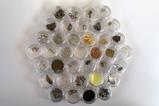
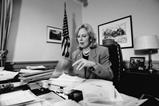
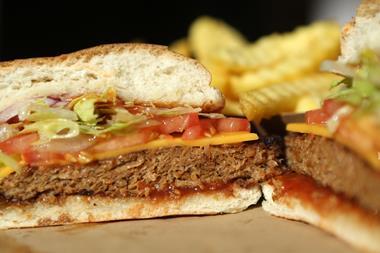
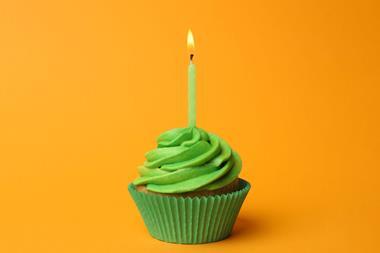
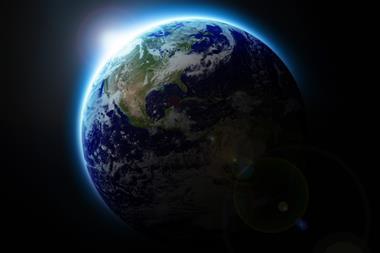
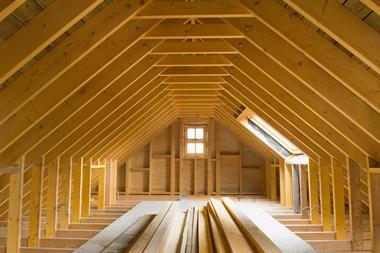
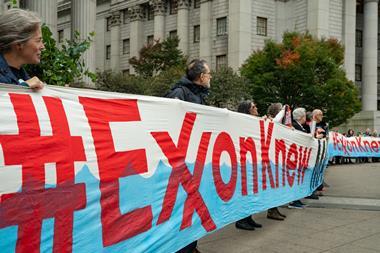
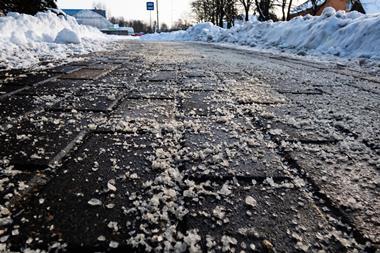






No comments yet